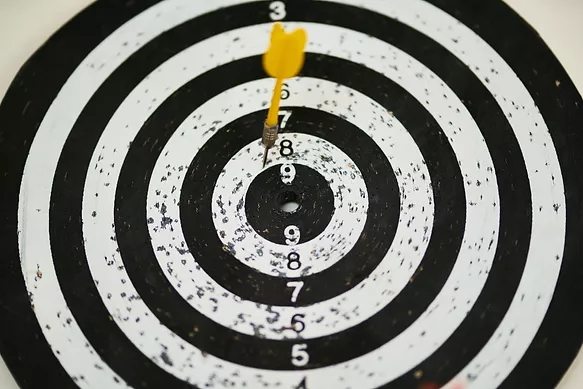With so many brands engaging with Influencer(s) to create content for their brand, it is often easy to doubt your brand’s content direction because it does not appear as “trendy”. We’re here to tell you that becoming a trending topic is not the only way to determine a campaign’s success – that’s an old wives tale. Influencer marketing goes beyond the “likes” and “comments”.

When working with Influencers, one of the best ways to making sure that your marketing campaign helps you to achieve your goals is by outlining two important points:
- What is the objective of the campaign?
- How are you measuring the success of the campaign?
By outlining the above, you would then be able to setup the benchmark metrics to measure the success.
PINING DOWN YOUR OBJECTIVE
Now, every brand would always have multiple objectives that they would like to address for their products. Whether it is the product image, the product’s awareness, or conversion of sales, you would first need to pin down what is the main objective of the campaign.

Here are some of the common objectives that brands have:
- To create an awareness of the product/brand
- To create talkability on the product
- To drive footfall to an event
- To drive conversion of sales
Once you have set your objective(s), now, determine how you are going to measure the success of the campaign by setting realistic metrics.
SETTING UP REALISTIC METRICS BASED ON YOUR OBJECTIVES
Here we have listed four ways to track your campaign’s performances and set realistic benchmarks for each objective.
1. REACH & IMPRESSIONS
If your objective is to create awareness of the product, the important metrics that you should look at are the reach and impressions. These two metrics are important because it indicates:
- How many unique audiences have you successfully reached out to?
- Out of these unique audiences, how many of them viewed the content multiple times?
A good indicator that your reach performance did well is when the posting achieves an average of 10% of the Influencer(s) potential reach while the impressions shows twice the amount of reach.
2. ENGAGEMENT
Now, if brand/product talkability is your objective as more social noise would mean that you want the audience to talk about your brand/product, this is where the basic metrics of Influencers comes to place – engagement. Engagement comes in the form of views, likes, comments and all other metrics available on our social media platforms.
1. A campaign is considered performing at its average when it achieves a total campaign engagement rate between 1% – 5%. Here’s a cheat sheet on how to calculate your campaign’s engagement rate.

2. To understand if the engaged Influencer is performing well for your brand, analyse their past branded content and look for the average engagement rate performance. This way, you would be able to determine if the engaged Influencer is achieving its expected interaction for your brand.
Both methods would allow you to determine if the overall campaign is achieving its desired performance and if the Influencer’s content is performing as supposed to.
3. TRAFFIC
The drive of traffic would vary based on the objective such as sign-ups, link clicks, participation in contest but the end goal is clear – to drive traffic to take an active participation beyond interaction.

Metrics that are directly involved with this objective are the link clicks/website clicks. Oftentimes, these metrics are fully reliant on the absolute reach of the campaign but a good indicator that the Influencer(s) are able to encourage their audience to be active participants would be achieving at least 1% of their total potential reach.
However, these metrics do not solely rely on the Influencer’s effort but also on the campaign’s mechanics and prizes. For example, if the campaign’s objective is to drive participation for a TikTok challenge that requires them to dance and the prizes are to win a carton of soft drinks, the chances of participation would be low, as compared to having cash prizes or prizes of high value.
4. SALES CONVERSION
This is pretty much the metric that every brand would love to have because it is the only way to justify your ROI. Though it is difficult for us to track the conversion done offline, we can in fact track online conversion instead.
This can be done through unique promo codes or links to encourage immediate purchase from the Influencer to their audience. Attractive discounts that are only applicable exclusively for the Influencer or during the campaign period would yield results of the same effect.
We hope these tips are helpful to encourage you to pay more attention to the small details in social media insights and use them accordingly when setting your campaign benchmarks. Now, head out there and start your very own Influencer marketing campaign (or you can always look for us to help you make the best out of your investments!).